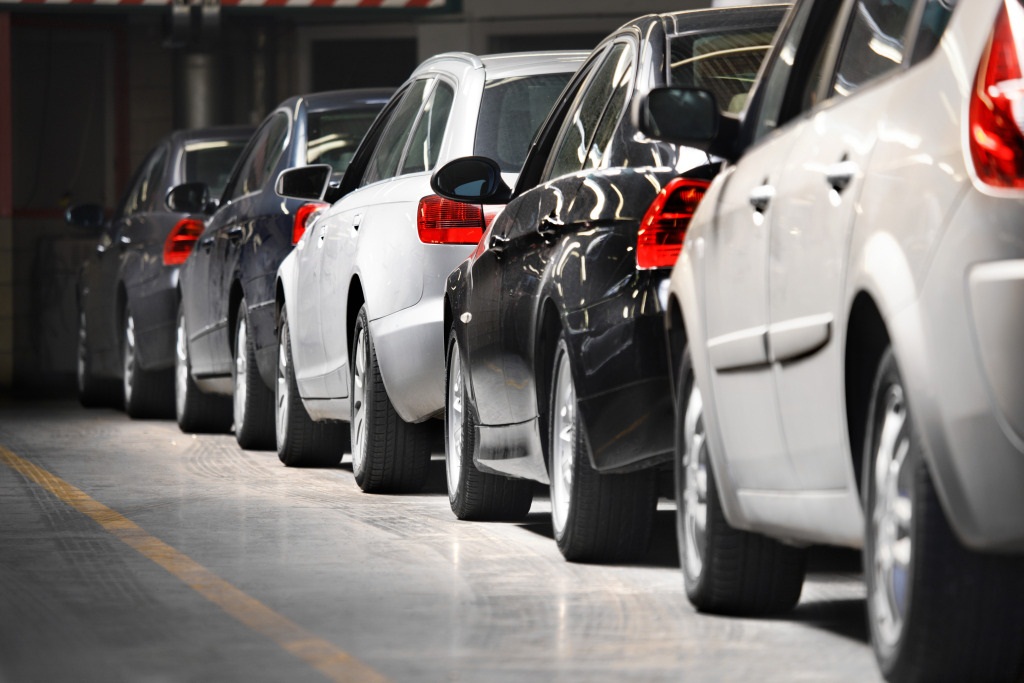Remember the anti-SUV campaign that struck in the middle of the last decade? London mayor Ken Livingstone called their drivers “complete idiots” and threatened to charge them £25 to enter his ever-expanding congestion charge zone. He was egged on by a glamorous eco campaigner named Sian Berry who launched her political career by issuing them with fake parking tickets and raging against their CO2 footprint.
Fast forward to 2014, the backlash is all but forgotten and SUVs are one of the fastest expanding segments not just in the UK but around the world.
Now the demon de jour is diesel and once again the argument has sprung up from London. The capital’s mayor is once again threatening to use pricing in the congestion charge zone to change the way we buy cars, this time for reasons of localized pollution rather than CO2.
It won’t work. And the reason it won’t work is that diesel has yet to be bettered as a fuel for anyone who drives above average miles each year, mainly business drivers. And more pertinent to this argument, the fuel really isn’t that bad any more.
Yes, diesel cars put out more localized pollutants than petrol powered versions but contrary to what scaremongers like the Sun newspaper think, manufacturers have already been forced by the EU to dramatically reduce the two biggest offenders: oxides of nitrogen (aka NoX) and particulate matter.
Take the second of these, dubbed PM. These microscopic particles have been strenuously targeted by the so-called Euro legalization and since 2011 new cars can emit no more than 5mg/km, down from 140mg/km in 1992. In fact, so impressive have been the reductions that, in an interview earlier this summer, Boris Johnson’s environmental advisor Matthew Pencharz told me that particulates were no longer a problem in the capital. “We are on top of all regulated pollution apart from nitrogen dioxide,” he said.
Nitrogen dioxide forms parts of the unpleasant NOx cocktail but that too is in the firing line. As of September this year, all newly launched models must hit Euro 6 targets, which halves the amount of NOx they can emit compared to Euro 5. Again the reduction has been dramatic – from 1600mg/km in 1991 to 80mg/km in Euro 6, very close to petrol engine limits. For example Jaguar recently boasted that it had “all but eliminated” NoX from its smaller XE saloon to be launched early next year, thanks to the use of SCR (selected catalytic reduction) technology which cuts the emissions using small quantities of urea.
The XE is targeted at the group of people who make up half of all UK cars sales: the company car driver. They have come to embrace diesel because it lets them drive the bigger cars that make sense both for long journeys and weekend family duties while at the same time capping their CO2-based BIK tax bills.
By 2008 a massive 71 percent of ‘upper medium’ (eg BMW 3-series, Ford Mondeo) cars sold were diesel, according to the Society of Motor Manufactures and Traders, and that trend has continued.
The anti-diesel camp maintain that by targeting lower CO2 in terms of both BIK and VED tax, the government created the current urban hotspots of localized pollution by persuading people into economical diesels. But it has also saved both drivers and companies a huge chunk of money in bills as diesel prices nearly doubled from 78p per litre in January 2000 to £1.39 in December 2013. When, as Mark Simpson, admits, modern diesels deliver 20-40 percent better mpg, that’s a financial fillip that’s hard to ignore during the economic turmoil we’ve recently experienced.
Other fuels simply aren’t up to the task. A lot of work has gone into making petrols more fuel efficient, including shrinking the engines and adding a turbo. Petrol electric hybrids have finally gained traction too thanks to Toyota expansion of the Prius technology and we’re also starting to see more plug-in hybrids such as Mitsubishi’s Outlander, the new, friendly face of the once-hated SUV. But the truth is, while their urban and suburban consumption is generally excellent, none are as efficient on long-distances as diesels. With no opportunity to recharge via braking on motorways, hybrids become simply heavy petrol engines. And downsized petrols similarly suffer in the outside lane as the overworked turbo forces in more and more fuel.
This is crucial to the business driver. The government’s National Travel Survey 2013 showed that company cars travel more than as twice as far as private cars at 18,600 miles a year. The same survey reveals diesel cars travel far more in the first three years of their life at 13,000 miles per annum, compared to petrol powered cars, which do their highest annual mileage (6,700 on average) when they’re between 3-6 years old. As we’ve seen, newer cars are cleaner, so the greater mileage of diesels should have a lesser impact on air pollution given they do the bulk of their driving early on.
The European emissions rules certainly aren’t perfect. As has been noted, the difference between cushy lab test cycles and the real-world hoofing from less sensitive right feet has created an imbalance between what’s permitted and what actually emerges from the tailpipe. The black cloud on acceleration is still depressingly common, and SMMT figures show that while there are currently 38,173 clean Euro 6 diesels on our roads, there are also just over 7 million diesel cars rated Euro 3 or below.
But the first figure is rising and the second rapidly decreasing as older cars get scrapped. As auction company BCA notes in its 2013 Used Car Market Report, the average age of the 30 million or so cars on our road is 7.6 years, meaning the more polluting older diesels are already on their way to becoming irrevocably zero-emission.
A new test for both emissions and fuel consumption, dubbed WLPT (World Light Test Procedure), is being proposed before 2020 to better reflect real-world driving, and that’ll likely throw diesel into an even more favourable light in terms of fuel saving.
With diesel as with the SUVs, the (mainly London-centric) perception of what’s bad is lagging behind the reality. This is one problem that is fast heading toward the scrapyard.
Guest writer Nick Gibbs has been writing about cars and the car industry for over 10 years for the likes of the Telegraph, Auto Express and Automotive News Europe




